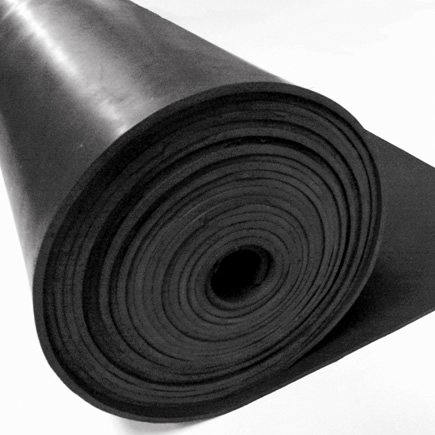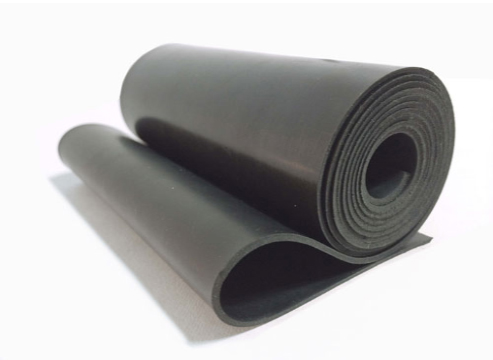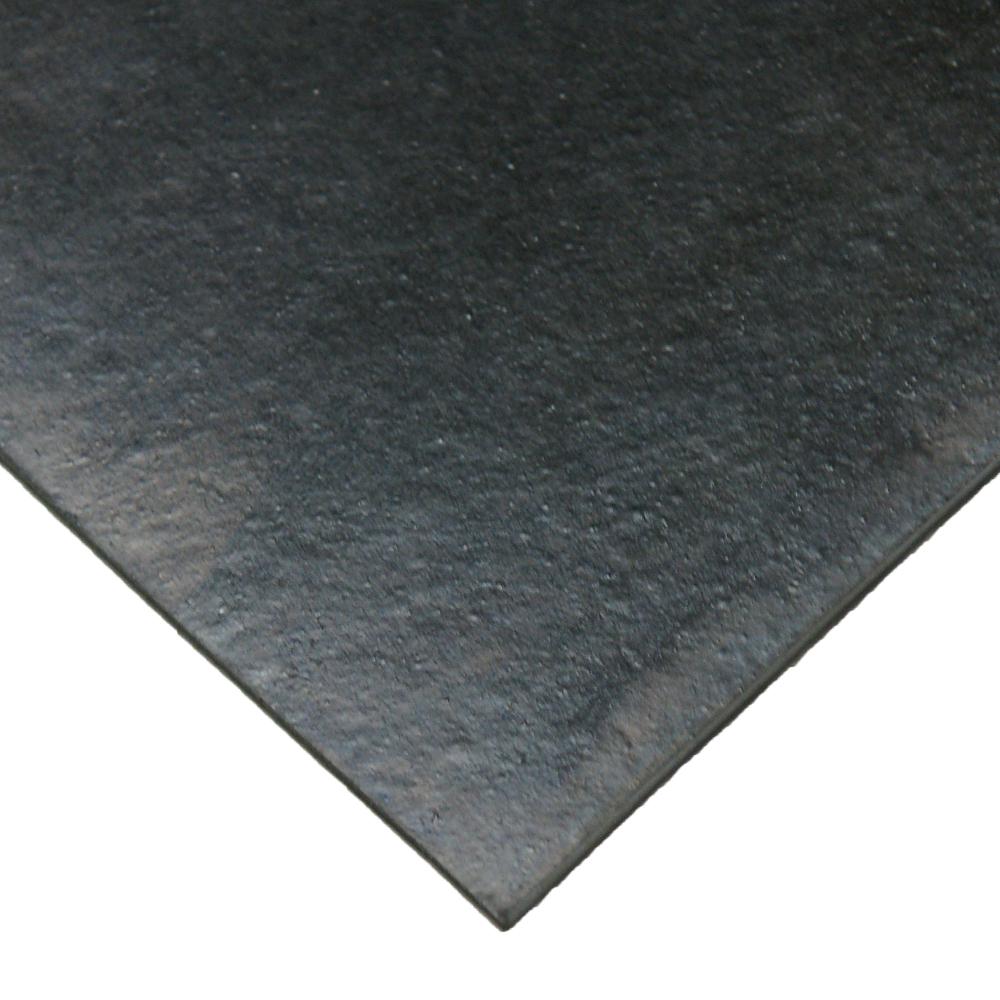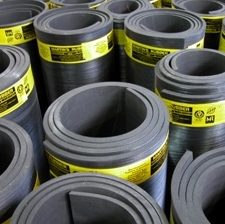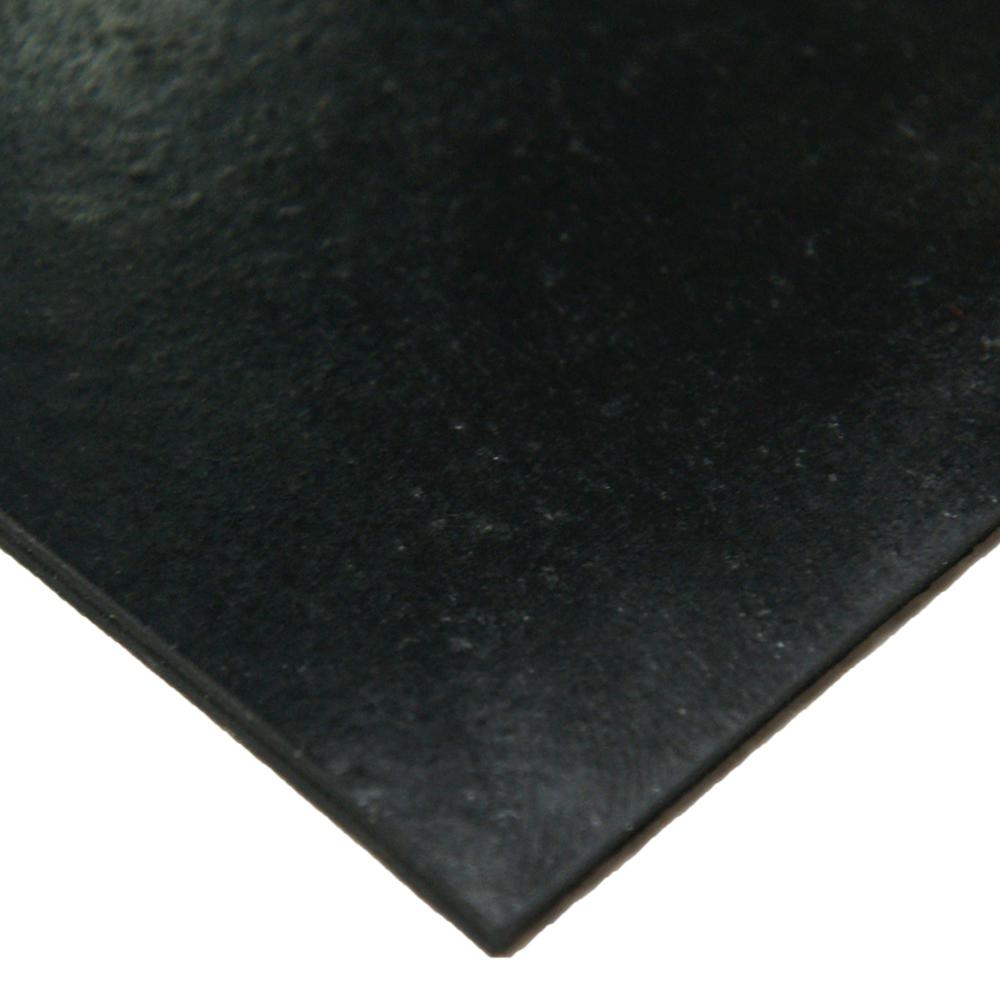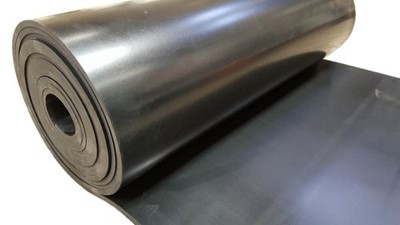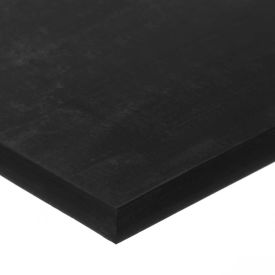Neoprene rubber resists degradation from sun ozone and weather while maintaining its strength flexing twisting and elongation very well over a wide temperature range while having outstanding physical toughness.
Neoprene rubber sheet temperature range.
This 1 8 neoprene is one of the thinner gauges available and works best in highly detailed applications.
We offer neoprene black closed cell sponge sheets in a wide range of specifications displayed here.
It is not recommended for use in areas where it could come in contact with oils and hydrocarbons.
Softer durometer rubber has better conformability.
Many of them have good resistance to acids alkalis and salts.
The neoprene sheets perform well in temperatures from 20 to 212 f making then the ideal choice for most industrial applications.
Rubber with material certification comes with a traceable lot number and cure date.
In its native state neoprene is a very pliable rubber like material with insulating properties similar to rubber or other solid plastics.
Neoprene rubber resists degradation from sun ozone and weather and performs well in contact with oils and chemicals.
Neoprene rubber maintains its strength flexing twisting and elongation very well over a wide temperature range while having outstanding physical toughness.
No need to worry about high temperatures or heavy abrasions damaging the industrial sheet rubber.
It has good oil and abrasion resistance.
Neoprene foam is used in many applications and is produced in either closed cell or open cell form.
Temperature range 70 f to 200 f 70 f to 200 f 70 f.
It is available in a wide range of hardness from 30 to 80 shore a.
We offer neoprene black closed cell sponge sheets in a wide range of specifications displayed here.
Range of temperatures from 40 to 108 c 40 to 226 f.
The operating temperature range is from 50 c to 90 c.
Neoprene is also called chloroprene.
This rubber has better shock absorbing qualities and will provide longer life than standard multipurpose neoprene.



